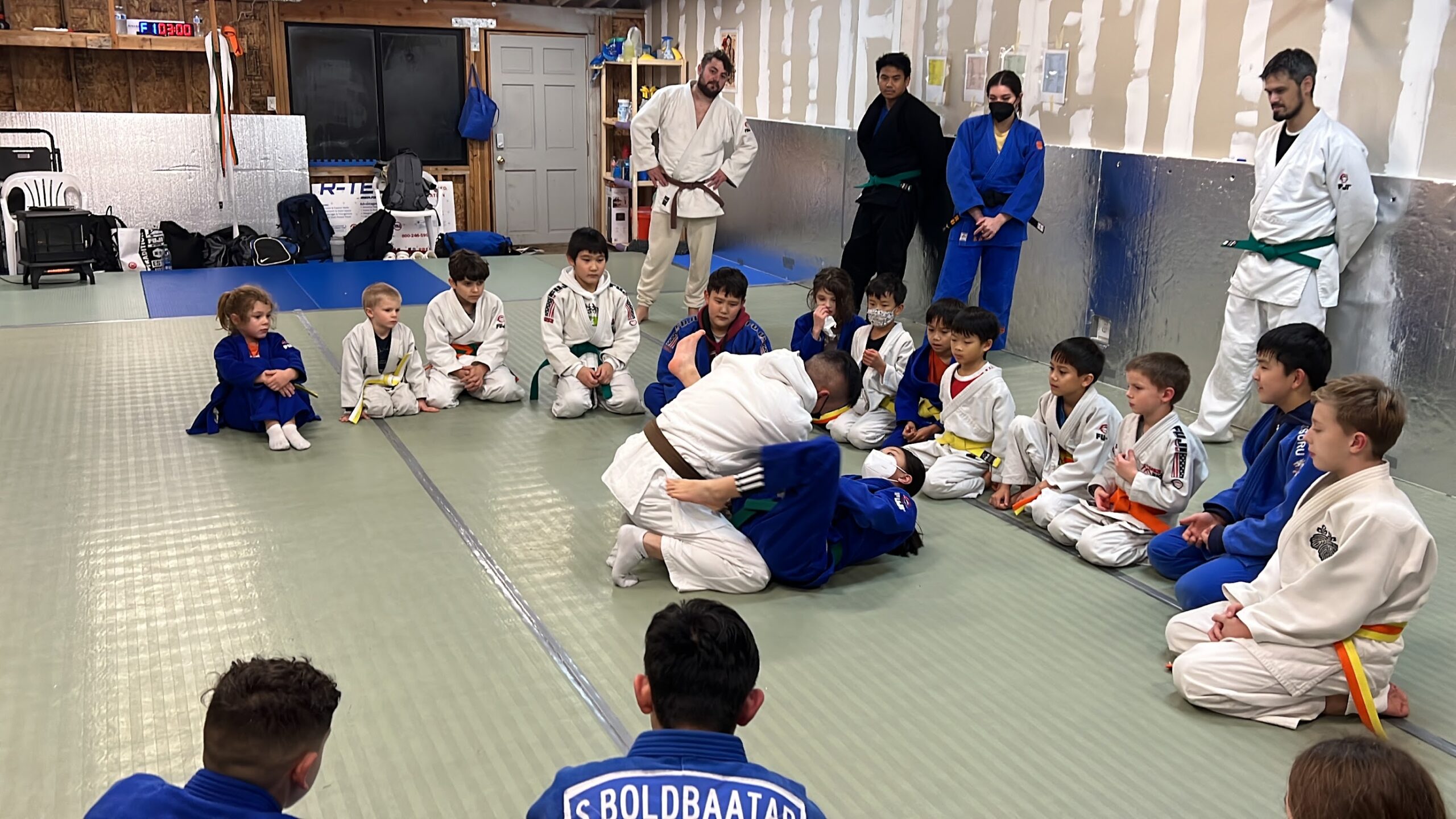Support our mission - bring world-class judo to WA with your donation 🙏❤️
Choosing between Judo and Brazilian Jiu-Jitsu (BJJ) for kids

When deciding between Brazilian Jiu-Jitsu (BJJ) and Judo for kids, it’s important to consider the benefits of each martial art. While both focus on grappling techniques, Judo emphasizes throwing techniques to bring opponents to the ground, while BJJ is heavily focused on ground techniques and submitting opponents.
For overall athletic development in growing kids, Judo may be a better option as it requires coordination, timing, and physicality unseen in other martial arts. It is like a blend of wrestling and dancing, and its steep learning curve makes it perfect to practice at a young age.
Travis Stevens, a silver medalist in Judo at the 2016 Rio Olympics and an elite BJJ black belt, explained that while BJJ is more popular in the United States, Judo is way more challenging and requires precise coordination between all parts of the body and timing to execute techniques properly.
With its emphasis on well-rounded physical development and sophisticated techniques, Judo serves as a strong foundation for children to transition to other grappling martial arts such as Wrestling or BJJ. Some benefits of Judo include:
- Flexibility: Judo involves a lot of stretching and range of motion exercises, which can improve flexibility.
- Strength: Judo requires a lot of upper and lower body strength to execute techniques such as throws and holds.
- Explosiveness: Judo throwing techniques require quick bursts of energy, which can improve explosive power.
- Coordination: Judo techniques can be quite sophisticated and require precise timing and coordination between different body parts.
- Brain development: Besides coordination, a Judo practitioner needs to develop the ability to combine multiple techniques in a series, properly time them, and anticipate their opponent’s reaction and movement. This is why fighting IQ plays a significant role in becoming successful in Judo. It requires a lot of cognitive processing and decision-making, which can lead to enhanced brain development in children.
- Basic acrobatic skills: Judo involves falling and rolling techniques and basic acrobatic skills such as cartwheels, round-offs, and handstands are often incorporated into a typical Judo warm-up routine.
- Agility: Judo techniques require quick movement and agility to evade or attack opponents.
In addtion, as a traditional Japanese martial art, Judo also promotes important values such as respect, discipline, and sportsmanship. This can help kids develop character and improve their overall well-being.
